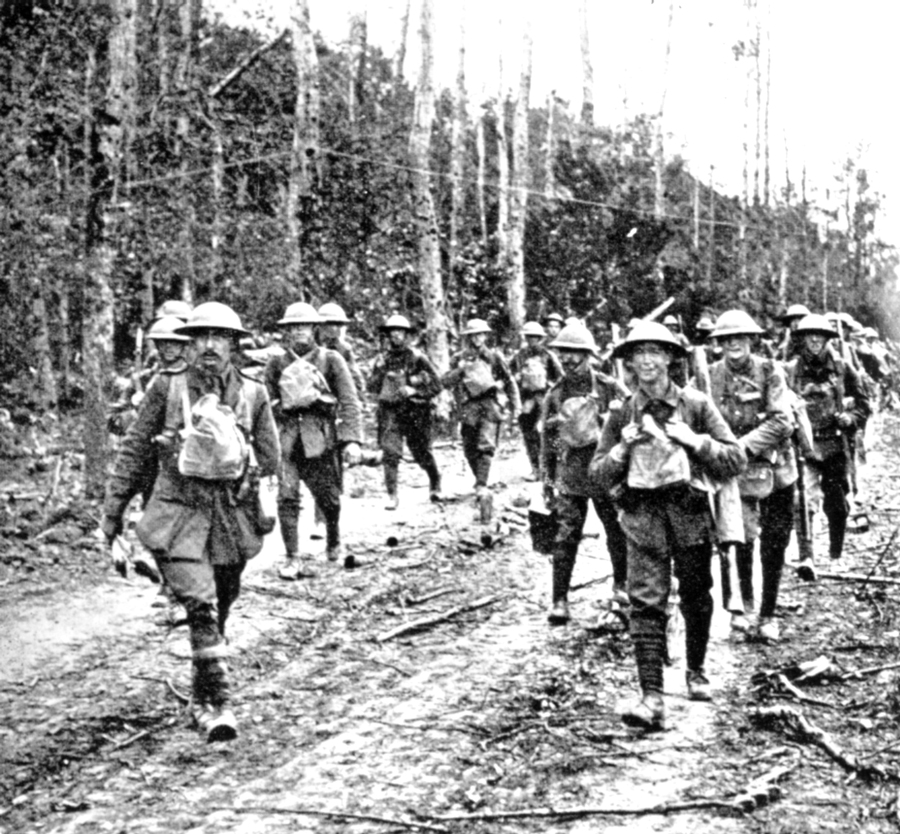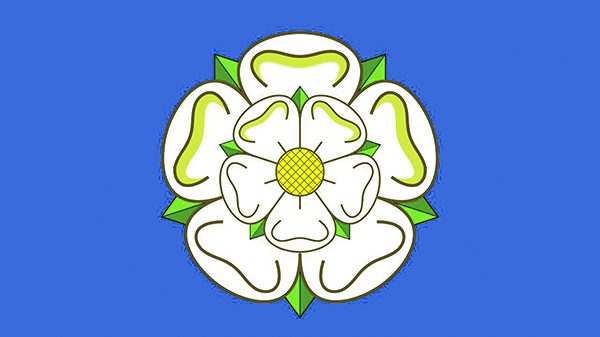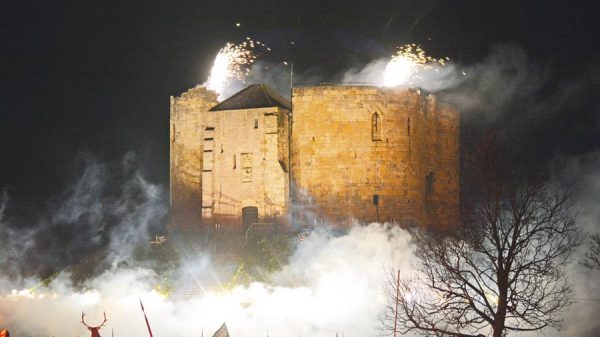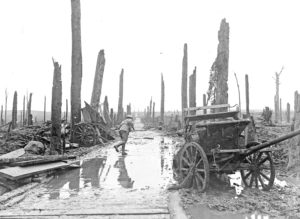This month we remember all fallen soldiers, with our feature on the Battle of Passchendaele. I thought I would look at the history of the West Yorkshire Regiment, who were at Passchendaele, as well as many other battles throughout the various wars England has been involved in.
The Regiment, originally named ‘Hales Regiment of Foot’ was first formed in 1685 during the Monmouth Rebellion. It had nothing to do with Yorkshire at the time. James Scott the 1st Duke of Monmouth, illegitimate son of Charles II tried to overthrow King James II but his small force was unsuccessful, defeated at the Battle of Sedgemoor by the army which included the Hales Regiment.
When James II abdicated in 1688, upon the arrival of Prince William of Orange on English shores, the Regiment’s colonel Sir Edward Hales escaped into exile with the king, though the men themselves remained to serve the now King William III. During the Nine Years War they fought at the Siege of Namur in 1695, then were in action in Scotland when James Stuart raised the Scottish Clans and attempted to retake the English crown. The Regiment were then based in Gibraltar for 15 years on garrison duty before they had to return to Scotland to defend the crown against attempts by Bonnie Prince Charlie at the Battles of Falkirk and Culloden.
In 1751 the idea of naming each Regiment after the colonel was scrapped, and they instead were assigned a ranked number according to precedence. This meant that the Hales Regiment then became the 14th Regiment of Foot. Over the 18th century they were based again at Gibraltar, before deploying to the Americas serving in Nova Scotia, Boston and the West Indies. During the American War of Independence, they fought at the Battle of Great Bridge, but the following year were so depleted by disease that the remaining men were sent to reinforce other Regiments and the officers returned home to recruit.
In 1782 all Regiments without Royal titles were given county titles to boost recruitment and the 14th became the 14th Bedfordshire Regiment. The newly named Regiment saw action all over the world in the next 70 years including France, Trinidad, India, and Crimea.
A name change occurred for the Regiment again in 1876 when the Prince of Wales presented new colours and the title of the ‘Prince of Wales’s Own’, making them now the 14th (Buckinghamshire-The Prince of Wales’s Own) Regiment of Foot. Up until the 1880’s they served in New Zealand and the second Anglo-Afghan war.
During the Childers Reforms which restructured the British army in 1881, the 14th managed to avoid amalgamation into another Regiment and was renamed ‘The Prince of Wales’s Own (West Yorkshire Regiment). They then went on to serve in Africa and the Boer War before deployment in WW1.

■ The 8th Battalion (Leeds Rifles) West Yorkshire Regiment, return from Battle at Mont de Bligny. The battalion was awarded the French Croix de Guerre for this action. Image ©The Prince of Wales’s Own Regiment of Yorkshire Collection, York Army Museum
The West Yorkshire Regiment entered WW1 with the rest of the British forces and the 35 Battalions were spread across the fronts, with reserves remaining at home. Several were involved in Passchendaele both directly and indirectly. The Leeds Rifles were involved in the Hush Operation on the Flanders Coast, the 9th Battalion fought in Battles leading up to Passchendaele including The Battle of Polygon Wood. The 10th, 11th, and the 17th (2nd Leeds) Battalions took part in the Battle of Passchendaele itself. As our feature explains, this battle was fought under terrible conditions for the men there.
Over the course of the war the West Yorkshire Regiment were awarded 57 Battle Honours and 4 Victoria Crosses. One of the Victoria Crosses was awarded to Corporal William Clamp of the 6th Yorkshires. He was awarded it for bravery at Polcappelle on the 9th October 1917. Sadly, Corporal Clamp was killed the same day by sniper fire and his body was never recovered. His name is on the Tynecot Memorial near Ypres. The Regiment lost 12700 men in total over the course of the war.
In 1942 the 2/5th Battalion West Yorkshire Regiment was converted to armour and became known as the 113th Regiment Royal Armoured Corps. They still proudly wore their West Yorkshire cap badge on their new black berets. The West Yorkshire saw action across much of the war including North-West Europe, North Africa and Burma to name just a few.
In 1959 the Regiment merged with the East Yorkshire Regiment to become the Prince of Wales’s Own Regiment of Yorkshire. Eleven years-ago they were amalgamated again with The Green Howards and The Duke of Wellington’s Regiment. They are now known as The Yorkshire Regiment.
Despite many name changes and reformations over the centuries, the thousands of men that belonged to the Regiment have played a huge role in many important parts of British history, defending the English crown and the rights and freedom of the British people. Men (and now women of course) continue to serve in The Yorkshire Regiment today carrying on that long tradition of protection, along with the rest of the British Armed Forces. We must never forget all those sacrifices and selfless acts of brave human beings of yesterday and today.







